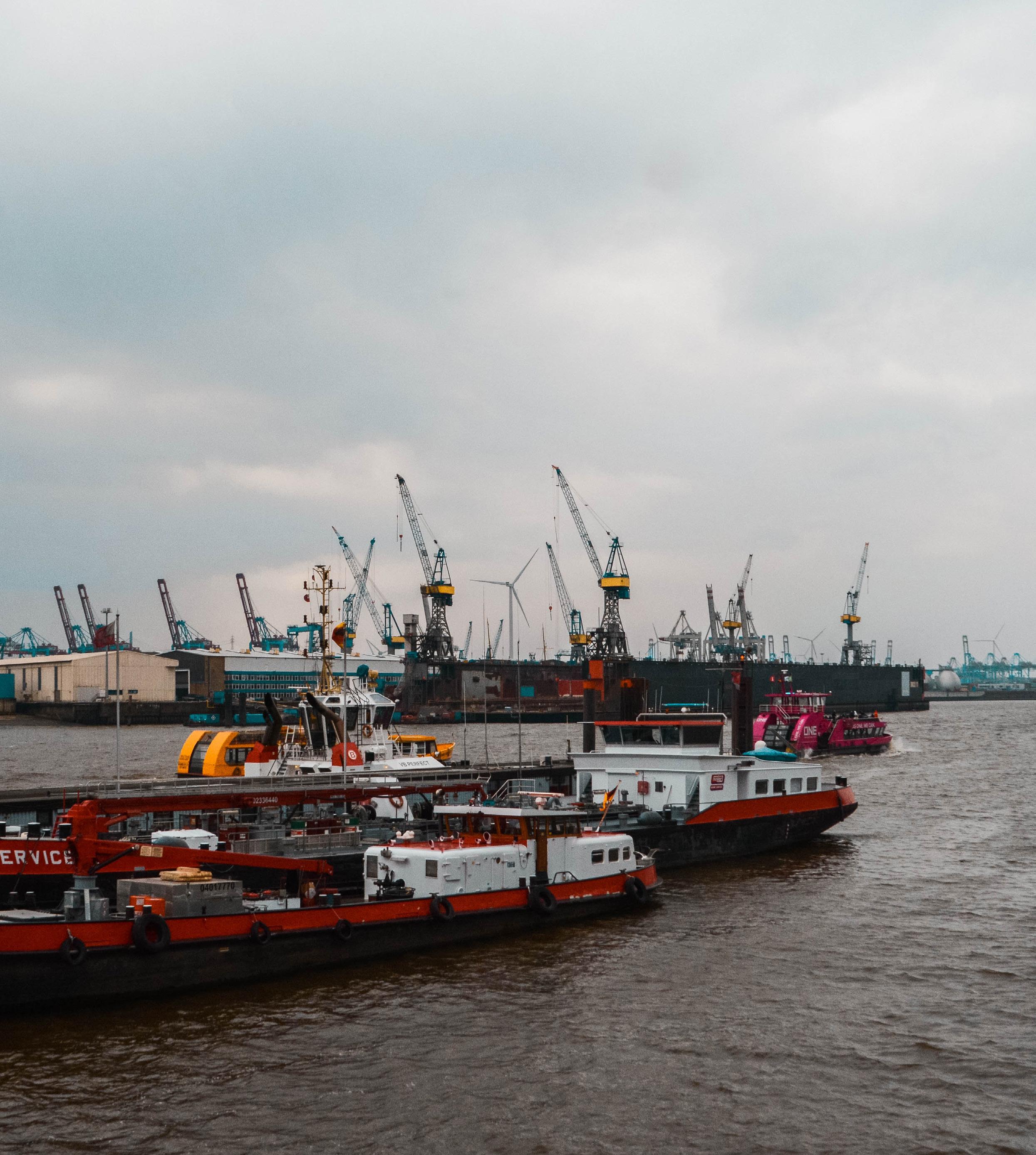
4 minute read
Five strategies to protect your business in challenging economic environment
Five strategies to protect your business in a challenging economic environment
By Gordon Cessford, President & Regional Director North America, Atradius
Advertisement
The past two years have witnessed exceptionally high levels of economic turmoil. In fact, a plurality of economic indicators suggests that these have been the two most volatile years since the Great Depression. Naturally, these exceptionally high rates of volatility have generated concerns about risk and change for nearly all global enterprises.
While we have started recovering from the pandemic effects supply chains are improving and trade reopening, it is clear that this state of economic uncertainty will likely continue for at least the next few years.
The Current Situation
There are currently four primary problems that global enterprises should worry about: geopolitical conflict, supply-chain disruptions, inflation, and insolvencies.
There are many ongoing conflicts hindering global trade but the most impactful has been the still-raging conflict between Russia and Ukraine. Recently, Russia has leveraged its status as a leading energy supplier to slow or even entirely halt the production and distribution of resources throughout Eastern Europe and elsewhere. Additionally, the geographic importance of both nations has created new challenges for shipping companies (especially in the Black Sea). Unsurprisingly, this conflict, among others, has triggered a sharp increase in invoice defaults.
Supply chains have also been disrupted by China’s recent (and current) policies. The country’s “absolute zero” approach to COVID-19 has significantly hampered the supply chain, slowing operations and even closing some ports. As the world’s largest producer of goods, the impacts of China’s approach are being felt around the world. And inflation has not made this situation any easier. In some countries, stagflation remains rampant. The extreme rise in prices in almost every global market has made it significantly more difficult for production and distribution firms to make necessary changes. Though certain factors, such as globalization, tamed wage growth, and digitization, might be counteracting inflation to a certain extent, the probability of a global recession has increased.
Even if global inflation is past its absolute peak, the baked-in figures have undoubtedly put many firms at risk of insolvencies. Near-term changes in insolvency rates will largely depend on whether national governments decide to continue support. Nevertheless, insolvency volatility is yet another factor compounding the current state of uncertainty.
In response, many companies have looked toward Trade Credit Insurance, which helps global enterprises protect their accounts receivable and decrease their general exposure to insolvency risk.
TCI can be extremely beneficial in certain situations. There are several other actions that enterprises can take to decrease the likelihood of their partners defaulting on their invoices.
1. Know your customer
Invoice defaults are different (and more problematic) than late payments—oftentimes, when a partner defaults on an invoice, it is the result of several months of financial challenges.
In other words, these defaults are only occasionally a total surprise. There are usually many financial indicators suggesting that a default is likely to occur. Enterprises that are willing to do their due diligence and understand the internal dynamics of every firm they partner with will have a much better time evaluating their exposure to risk and, ultimately, finding partners that are compatible with their personal risk profile. 2. Pay Attention to Supply Chain Risks
In order for an enterprise to “truly” understand the partners they are working with they will need to be aware of the biggest threats these partners are facing. Even if there is a long-term relationship between these firms—as the past few years have shown—turmoil can emerge at any moment. No enterprise exists in total isolation; any structural exposure to risk held by a partner is an exposure to risk that is necessarily also held by the firm itself.
3. Monitor Payments - and Communicate Accordingly
At every point in the supply chain, communication is absolutely critical. If a key partner is missing or late with their payments, neither will benefit from keeping the other in the dark. Whenever payment issues emerge, it is incumbent on both parties to communicate directly and find a mutually beneficial solution—this is certainly preferable to the possibility of default.
4. Focus on Enriching Relationships
Throughout the pandemic, direct communications were rarely treated as a top priority. The use of digital and indirect communication strategies significantly increased. But now that the pandemic is winding down, it is time to focus on improving interpersonal relationships. For many firms, this means increasing in-person communications and also increasing how often these communications occur.
5. Keep an Eye Out for Odd Practices and Signs of Fraud
Lastly, one of the clearest ways for these enterprises to decrease their risk exposure is to keep an eye out for “odd practices” and common signs of fraud. After all, fraud could be the reason for delay in the processing of an invoice.
There are a lot of different practices that could potentially raise a red flag. For example, if a partner unexpectedly sends an email requesting funds to be transferred to a different bank, there is a possibility fraud has already occurred. In this case, calling and checking on the client is a win-win situation. If there was fraud, it might be stopped before the payment is actually processed. Even if there is not fraud, calling and checking on a client still demonstrates to the client that they are cared for and paid attention to.
Conclusion
During periods of high economic turmoil, it can be easy to want to wait until later before making any sort of significant changes. However, in most cases, waiting to adapt means these changes might never be made. By investing in trade credit insurance and investing in these best practices, any enterprise connected to the supply chain can be positioned for long-term success.



